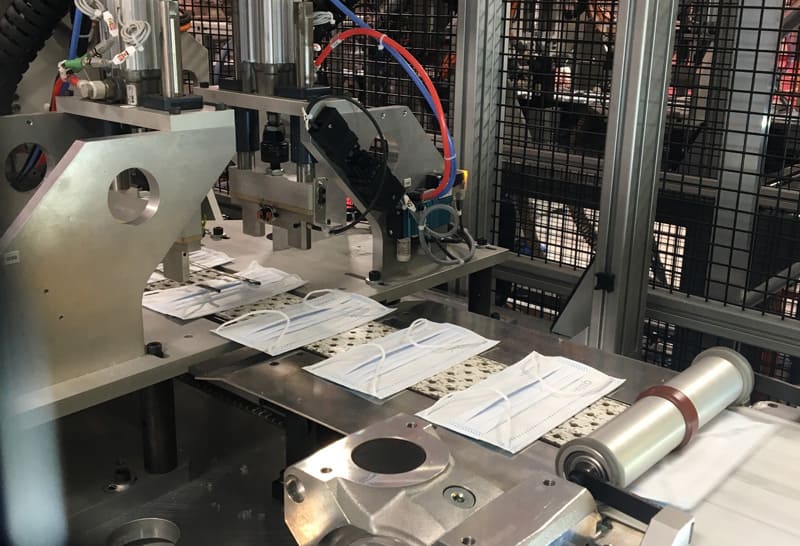Since the 1970s, European countries have been affected by a wave of deindustrialization of their production. And then, at the turn of the 2010s, in a new world shaped by economic, political, ecological and health crises, it occurred as a surge, a general awareness. It became necessary to regain our industrial independence and to maintain and develop local know-how that had become competitive again. So, is this the great return of local manufacturing?
Manufacturing locally: sectors that are (re)constituting themselves
From the most innovative traditional know-how to the most innovative technologies: the time is moving in the direction of a general desire to give Europe back the means of industrial production with high added value.
Textiles and leather goods, toys, furniture, bicycles and scooters, and, why not, locally made watches and skis are making a remarkable comeback. These know-how, neglected for nearly half a century, and sometimes more, are coming back into favor with consumers who are asking for more.
The pharmaceutical and health sectors are the subject of a strong desire to relocate in order to secure Europe in these areas. At KLAP, we are well placed to tell you about it!
Digital, robotics, energy industries have Envied European flagships (and copied but never equalled!) for their innovation capabilities.
Local manufacturing: labels that guarantee quality
What is the consumer looking for behind this “made near you” label? First of all, a quality that the public authorities and interest groups highlight by awarding qualitative labels: protected geographical indications (PGI), the Origine France Garantie certification, the Swiss made label, and many others.
Remember that, as the habit does not make the monk, the label does not make the product. These certifications on indications of source are granted only under certain conditions. The main justification must be made for one or more of the following criteria:
>I the main raw material used,
>I the essential transformation step carried out,
>I the number of manufacturing steps required,
>I the cost of manufacturing the product,
>I the final cost price of the product,
the majority (i.e. 50 to 100% depending on the standards in force for each sector and product) comes from the country or region claiming this local manufacturing designation.
Local manufacturing: because we want it
If locally manufactured products are so popular today, it is because they echo the needs expressed by consumers and therefore by society as a whole.
>I A need for quality
As we have seen, by choosing local manufacturing, European industries are betting on quality. Quality of raw materials rigorously produced and/or selected, quality of know-how transmitted and which produces value-added jobs, and finally quality always increased by research and innovation. But, that’s all KLAP, that!
>I A need for proximity
Tired of products “made on the other side of the world”, European consumers want to buy responsibly and ecologically. They think about the carbon footprint of their purchases when they consume locally. This demand for proximity is also beneficial by the quality of the services it offers, while creating a bond of trust between the producer and the buyer.
>I A need for ethics
Buying a lot, cheap and without a state of mind, this is no longer the goal of the majority of consumers. For them (for you? for us!), a purchase decision also depends on the environmental and social impact of the product. Thus a product manufactured nearby travels little and displays a carbon balance beneficial for the environment. In addition, consuming locally helps to maintain and create skilled but also solidarity jobs.
A local purchase is therefore a purchase that makes sense, for everyone.
